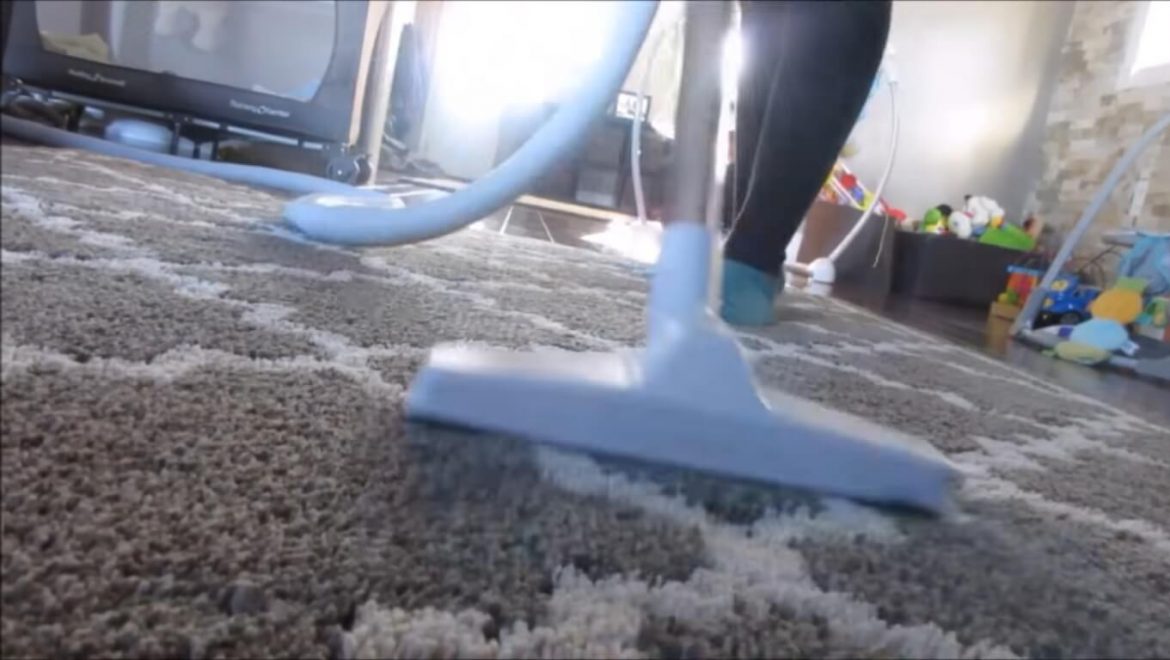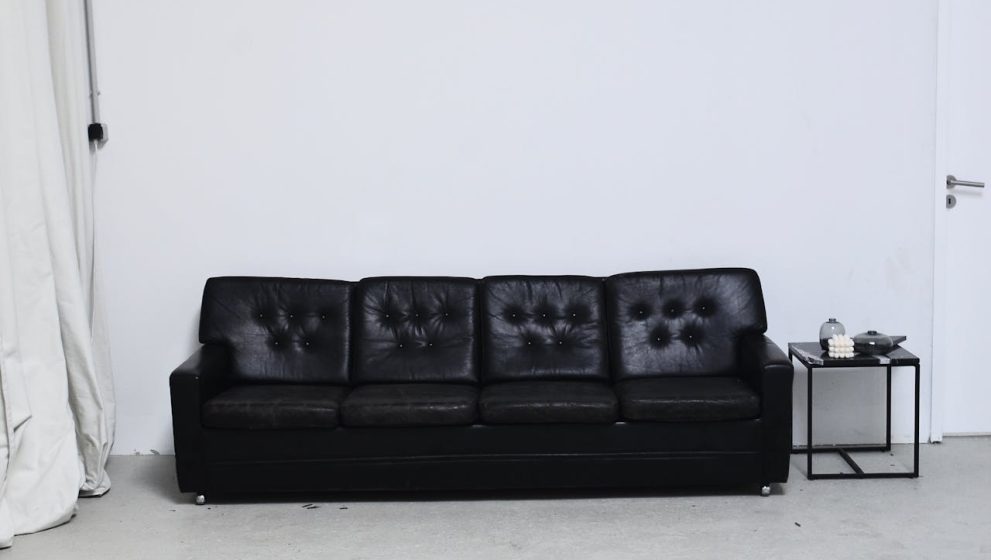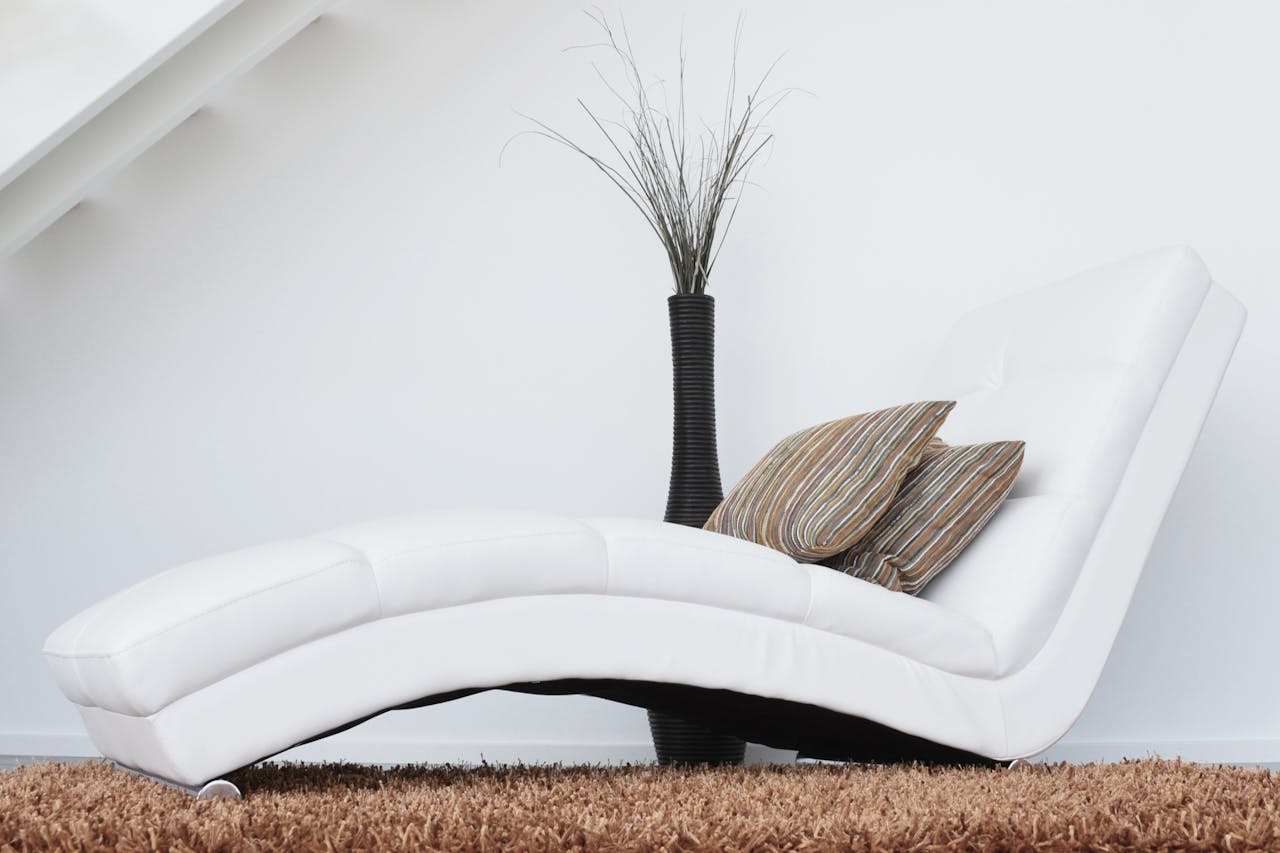How To Safely Remove Chewing Gum From Your Upholstered Furniture
We’ve all been there—a piece of chewing gum on our living room sofa causes a sticky mess. But fear not—we have the solution for you. From using ice to applying vinegar, we’ll provide a step-by-step guide to effectively remove chewing gum from your upholstered pieces. Plus, we’ll share preventative measures to avoid future mishaps.
Say goodbye to sticky situations with our expert tips!
The Problem with Chewing Gum on Upholstered Furniture
Dealing with chewing gum can be a frustrating challenge, especially when it leaves behind a sticky residue that can be tough to remove from the fabric. The sticky nature of gum can easily adhere to settees, sofas, and seats, causing unsightly stains and requiring careful removal techniques to prevent damage to the furniture.
The impact of sticky residue varies depending on the fabric used in the upholstery. For instance, gum stuck to delicate silk or velvet fabrics can be tricky to deal with without causing further harm.
Regular maintenance and prompt action are crucial in such cases to preserve the fabric’s longevity and appearance. Adopting good habits like routine cleaning and using appropriate cleaning agents can effectively combat gum-related mishaps and maintain the beauty of your upholstered furniture.
What Tools Do You Need to Remove Chewing Gum from Upholstered Furniture?
To effectively remove chewing gum from upholstered furniture, you will need a few essential tools such as ice, a plastic bag, a butter knife, vinegar, and a suitable cleaning solution. These tools are crucial in safely eliminating gum and its residue from fabric surfaces.
Ice hardens the gum, making it easier to scrape off with the butter knife without damaging the fabric. The plastic bag helps contain any melted gum or debris for easy disposal. Vinegar acts as a natural solvent to break down the sticky residue left by the gum. A suitable cleaning solution ensures the upholstery is left clean and fresh after the gum removal process.
When using these tools, it is crucial to handle them with care to prevent any accidental damage to the fabric.
Ice
Using ice to freeze the gum is a common first step in removing it from upholstered furniture. The cold temperature helps harden the gum, making it easier to scrape off without damaging the fabric. Ice is a gentle and effective tool for tackling sticky residue on various types of upholstery.
Freezing gum involves placing an ice pack or ice cubes in a plastic bag and then directly applying it to the gum. As the gum chills and hardens, it loses its adhesive properties, allowing it to be gently peeled or scraped away. This technique is particularly beneficial for cleaning fabric surfaces because it does not involve harsh chemicals that could discolour or weaken the material. Ice is a safe and eco-friendly gum removal method accessible to anyone with a freezer.
Plastic Bag
A plastic bag can scrape frozen gum from upholstered furniture without damaging the fabric. Gently scraping the gum with a plastic bag removes the sticky residue without leaving marks or stains on the upholstery.
This technique works particularly well for gum that has hardened onto the fabric. To enhance its effectiveness, you can freeze the gum first by applying an ice pack or ice cube wrapped in a cloth. Once the gum hardens, use the plastic bag to scrape it off in a smooth, circular motion. Remember to apply minimal pressure to avoid tearing or damaging the upholstery fibres. It’s also helpful to reposition the bag frequently to prevent further gum spreading.
For any remnants left behind, dab a mixture of warm water and mild detergent on a clean cloth and gently blot the area until the adhesive is completely removed.
Butter Knife
A butter knife is helpful for delicately scraping gum remnants from upholstered furniture. Its flat edge allows for precise and controlled scraping, removing sticky residue without damaging the upholstery fabric.
You can gradually lift the butter knife off the gum by gently sliding it under the fabric. Maintaining a steady hand and applying gentle pressure is essential to avoid tearing or snagging the material. Remember to work in small sections and avoid rushing the process to prevent accidental damage. The butter knife’s thin blade makes reaching tight spots where gum may be lodged easier. Proceed cautiously and periodically check the fabric for signs of stress or stretching to ensure a successful gum removal process.
Vinegar
Vinegar can be a natural cleaning solution for tackling gum residue on upholstered furniture. Its acidic properties help break down sticky residues and stains, making it an effective option for restoring the fabric to its original state.
When dealing with gum residue on upholstery, acting quickly to prevent the stain from setting in is essential. To use vinegar for this purpose:
- Mix one vinegar with two parts of water in a spray bottle.
- Lightly mist the affected area and allow the solution to soften the gum for a few minutes.
- Gently blot the area with a clean cloth, repeating as required until the residue is removed.
Incorporating this vinegar cleaning step into your regular upholstery maintenance routine can help keep your furniture looking fresh and clean.
Cleaning Solution
A suitable cleaning solution can help eliminate any remaining traces of gum residue from upholstered furniture. Whether a fabric conditioner or a specialised cleaning agent, the solution should be applied carefully to ensure effective removal without damaging the upholstery.
It is crucial to choose a cleaning solution that is gentle yet effective on the specific fabric of your upholstered furniture. A mild, non-abrasive cleaning solution is recommended for delicate fabrics like silk or velvet to prevent discolouration or damage.
On the other hand, for tougher fabrics such as polyester or microfiber, a stronger cleaning agent may be necessary to remove gum residue thoroughly. Always test the cleaning solution on a small, inconspicuous area first to ensure compatibility before proceeding with the entire cleaning process.
Step-by-Step Guide to Removing Chewing Gum from Upholstered Furniture
- Follow this step-by-step guide to remove chewing gum from upholstered furniture using simple solutions and gentle removal techniques. By following these methods carefully, you can prevent damage to the fabric and ensure a clean finish on your furniture.
One of the first steps involves applying ice to harden the gum. It makes it easier to peel off without smearing. Once the gum is hardened, gently scrape it off using a plastic scraper or a credit card. Be patient and avoid pulling too hard to prevent tearing the fabric.
After removing the gum, dab a small amount of vinegar or rubbing alcohol on a clean cloth and gently blot the area to remove any leftover residue. Allow the fabric to air dry completely before using the furniture again to maintain its pristine condition.
Freeze the Gum with Ice
Start by freezing the gum with ice to harden it and make it easier to remove from the upholstery. This simple DIY solution helps prepare the gum for gentle removal without damaging the fabric.
- To freeze the gum effectively, place a few ice cubes in a plastic bag and press it against it.
- Allow it to sit for a few minutes until the gum hardens. The ice’s cold temperature helps solidify the gum, making it less sticky and more manageable to lift off the surface.
This method is convenient and cost-effective. It requires minimal supplies that are readily available in most households. With this straightforward approach, homeowners can easily tackle gum removal themselves, saving time and money on professional cleaning services.
Scrape off the Gum with a Plastic Bag and Butter Knife
Use a plastic bag and a butter knife to scrape the gum from the fabric. This quick-fix method effectively removes stuck gum residues without extensive effort, ensuring a prompt solution to the problem.
Place the plastic bag over the gum-stained area and gently scrape the surface with the butter knife, allowing the gum to stick to the bag. The soft and flexible nature of the plastic bag helps peel off the gum without leaving behind any sticky residues. This method not only prevents damage to the fabric but also efficiently gets rid of stubborn gum stains. Repeat the scraping process for immediate results until all gum remnants are entirely removed.
Apply Vinegar or Cleaning Solution to the Residue
Apply vinegar or a suitable cleaning solution to the affected area for persistent gum residue. These solutions not only aid in residue removal but also help clean up any remaining traces and eliminate odour for a refreshed upholstery finish.
To ensure effective removal, gently blot the affected area with a clean cloth soaked in the vinegar solution. Allow it to penetrate for a few minutes before gently scrubbing it with a soft-bristled brush. The acidic properties of vinegar break down the gum residue, making it easier to lift off. Once the residue is removed, wipe the area with a damp cloth to remove any remaining residue and odour, leaving your upholstery looking and smelling fresh.
Blot the Area with a Clean Cloth
After using the cleaning solution, dab the area with a clean cloth to absorb any remaining residue and ensure proper fabric protection. This final step helps achieve a clean finish and maintain the upholstery’s appearance.
It is crucial to use cleaning supplies designed explicitly for upholstery to effectively remove gum residues without causing damage. Once the residue is removed, gently wipe off any remaining traces to prevent them from penetrating further into the fabric. Applying a fabric protector can significantly prolong the lifespan of your upholstery by creating a barrier against future stains and spills. Investing time and care in post-gum removal can leave your furniture looking fresh and well-maintained for years.
Preventative Measures for Future Chewing Gum Mishaps
To avoid future chewing gum mishaps on upholstered furniture, it’s essential to adopt preventative measures that safeguard the fabric and prevent sticky situations.
Ensuring everyone in your household knows the importance of keeping gum away from furniture can significantly reduce the risk of accidental spills.
Investing in stain-resistant fabrics or applying fabric protectors can create an extra barrier against gum infiltration.
Regularly vacuuming and spot-cleaning any spills or stains promptly can also help maintain the fabric’s longevity and appearance.
By following these practical tips, you can actively preserve the integrity of your upholstered furniture and enjoy a gum-free living space.
Educate Family Members and Guests
One effective preventive measure is to educate family members and guests about the do’s and don’ts of chewing gum around upholstered furniture. Setting clear guidelines and promoting responsible gum disposal habits can reduce the risk of sticky situations and facilitate easy cleanup.
Emphasising the importance of prompt cleanup to prevent gum-related incidents is crucial. Encouraging individuals to dispose of their gum correctly in designated bins or wrappers can significantly minimise the chances of accidents.
Reminding everyone to be mindful of where they place their gum and to avoid leaving it on furniture or other surfaces can help maintain a clean and hygienic environment. Proper gum etiquette ensures a pleasant experience for everyone and contributes to a more organised and respectful atmosphere.
Use Protective Covers
Another preventative measure involves using protective covers on upholstered furniture to shield it from potential gum damage and facilitate easy cleanup. These covers offer furniture protection and add a decorative element to your home décor, enhancing the overall aesthetic appeal of your living space.
With various styles, patterns, and materials, protective covers can complement different upholstery types, blending seamlessly with your existing furniture. In addition to safeguarding against spills, stains, and pet fur, these covers can also prolong the life of your valuable furniture pieces, reducing the need for costly repairs or replacements.
When selecting covers, consider factors like size, durability, and ease of maintenance to ensure a perfect fit and hassle-free upkeep for your furniture.
Regularly Clean and Vacuum Upholstered Furniture
Maintaining a regular cleaning routine that includes hoovering and gentle upholstery care can help prevent chewing gum mishaps and maintain fabric integrity. Using mild soap, a soft brush, and household tips for spot cleaning can contribute to effective upholstery maintenance and gum prevention.
- Regularly hoovering upholstered furniture keeps it looking fresh and helps remove debris that can attract chewing gum.
- When it comes to cleaning, a mixture of mild soap and water and a soft-bristled brush can effectively tackle spills and stains without damaging the fabric.
- Household tips like using bicarbonate or soda to absorb odours or a mixture of vinegar and water for stubborn marks are additional techniques for preserving the longevity of your upholstered pieces.


